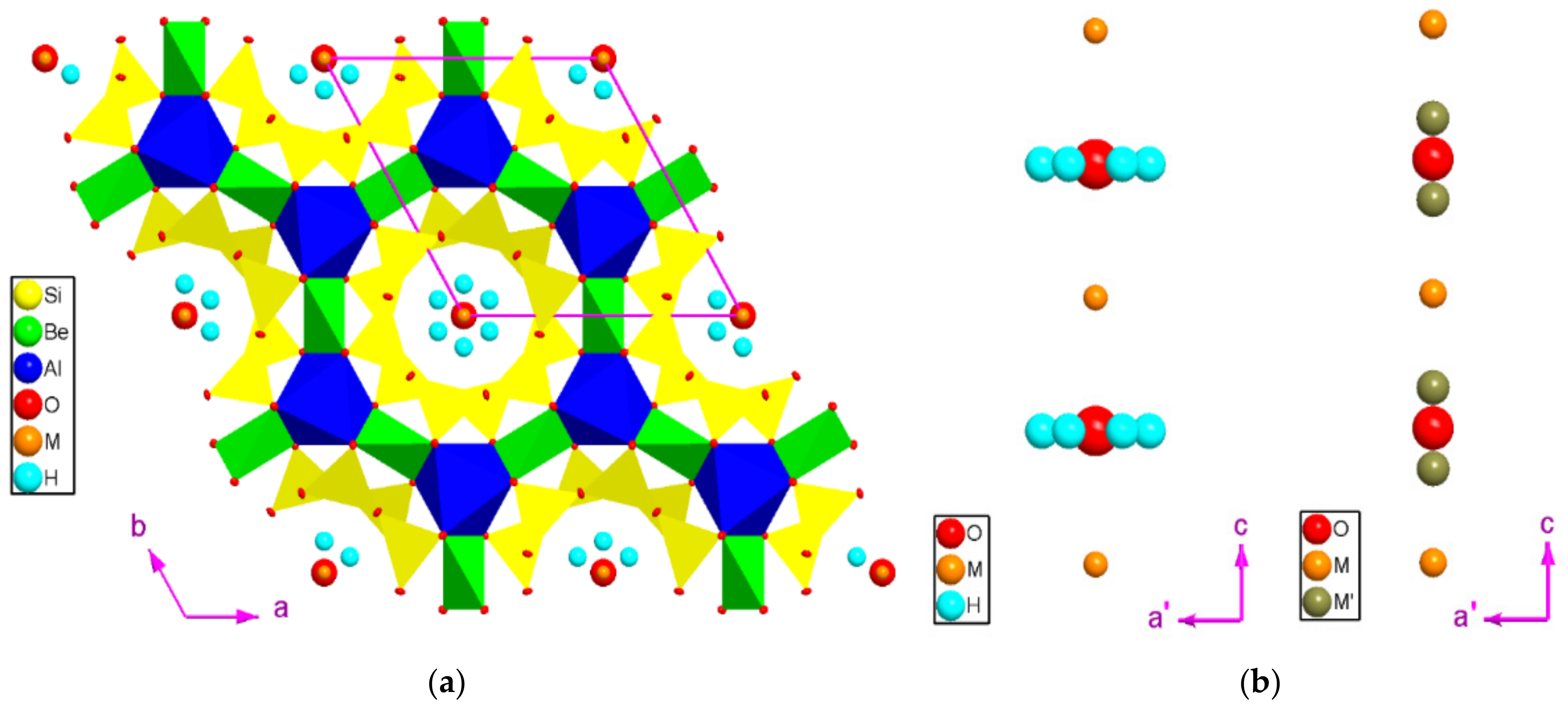National Hurricane Center’s (NHC) Monitoring of Hurricane Beryl: Nhc Beryl

Nhc beryl – The National Hurricane Center (NHC) plays a crucial role in monitoring and forecasting hurricanes, including Hurricane Beryl. The NHC is responsible for providing timely and accurate information about the location, intensity, and movement of hurricanes to the public and emergency managers.
Hurricane Beryl, the third named storm of the Atlantic season, is expected to strengthen as it moves northwestward. Meteorologists use spaghetti models to predict the path of hurricanes. These models show a range of possible tracks, and the thicker lines represent the most likely paths.
Beryl is currently forecast to make landfall in Florida on Monday.
Hurricane Monitoring Process
The NHC’s hurricane monitoring process involves several key steps:
- Data collection: The NHC collects data from a variety of sources, including satellites, radar, and weather stations. This data is used to track the location and intensity of hurricanes.
- Analysis: The NHC analyzes the data to determine the hurricane’s track, intensity, and potential impacts. This analysis is used to create forecasts and warnings.
- Forecasting: The NHC issues forecasts and warnings for hurricanes. These forecasts and warnings are used by the public and emergency managers to prepare for the hurricane’s impact.
- Communication: The NHC communicates information about hurricanes to the public and emergency managers through a variety of channels, including the internet, television, and radio.
Tools and Technologies
The NHC uses a variety of tools and technologies to monitor hurricanes. These tools and technologies include:
- Satellites: Satellites are used to track the location and intensity of hurricanes. Satellites can also be used to measure the wind speed and rainfall associated with hurricanes.
- Radar: Radar is used to track the movement of hurricanes. Radar can also be used to measure the precipitation associated with hurricanes.
- Weather stations: Weather stations are used to collect data about the wind speed, temperature, and humidity. This data is used to track the intensity and movement of hurricanes.
- Computer models: Computer models are used to forecast the track and intensity of hurricanes. These models use data from satellites, radar, and weather stations to create forecasts.
Hurricane Beryl’s Path and Intensity

Hurricane Beryl emerged from a tropical wave near the Cape Verde Islands on July 5, 2023. It rapidly intensified into a hurricane on July 7 and has maintained its strength as it tracks westward across the Atlantic Ocean.
The National Hurricane Center (NHC) forecasts that Beryl will continue on a generally westward path, passing north of the Lesser Antilles by July 11 and reaching the eastern Caribbean Sea by July 13. Beyond that, the NHC predicts a turn towards the northwest, potentially impacting the Bahamas and the southeastern United States by July 15.
Intensity
Hurricane Beryl has fluctuated in intensity since its formation. It reached Category 4 status on July 8, with maximum sustained winds of 130 mph. However, it has since weakened slightly to a Category 3 hurricane, with winds of 115 mph as of July 10.
Factors influencing Beryl’s intensity include the temperature and moisture content of the surrounding atmosphere, as well as wind shear. Warm ocean waters provide energy for the hurricane, while strong wind shear can disrupt its organization and weaken it.
The NHC predicts that Beryl will likely maintain its Category 3 intensity as it approaches the Caribbean Sea. However, it could weaken further if it encounters strong wind shear or cooler ocean waters.
Potential Impacts of Hurricane Beryl
Hurricane Beryl is expected to bring heavy rainfall, strong winds, and storm surge to the affected areas. The areas likely to be impacted include the Leeward Islands, the Virgin Islands, Puerto Rico, the Dominican Republic, Haiti, and the Bahamas.
The potential impacts of Hurricane Beryl include:
Wind Damage
- Hurricane-force winds can cause extensive damage to buildings, infrastructure, and vegetation.
- High winds can also lead to power outages and disruptions to communication networks.
Flooding
- Heavy rainfall associated with Hurricane Beryl can lead to flash flooding and riverine flooding.
- Flooding can damage homes and businesses, displace residents, and disrupt transportation.
Storm Surge
- Storm surge is a wall of water that can be pushed ashore by the force of a hurricane.
- Storm surge can cause extensive damage to coastal communities, including flooding, erosion, and structural damage.
Measures to Mitigate Impacts, Nhc beryl
The National Hurricane Center (NHC) and local authorities are taking steps to mitigate the impacts of Hurricane Beryl. These measures include:
- Issuing hurricane watches and warnings
- Evacuating residents from low-lying areas
- Preparing emergency shelters
- Stockpiling food and water
- Securing loose objects and debris
Residents in the affected areas should take steps to prepare for Hurricane Beryl. These steps include:
- Monitoring the storm’s progress
- Following the instructions of local authorities
- Preparing an emergency plan
- Gathering necessary supplies
- Securing your home and property
NHC Beryl, a powerful hurricane, has left a trail of destruction in its wake. To better understand its potential path, meteorologists rely on “spaghetti models,” computer simulations that predict the storm’s trajectory. Spaghetti models for Beryl provide valuable insights into the storm’s potential impact, helping forecasters issue timely warnings and advisories.
As NHC Beryl continues its destructive path, these models remain crucial tools for staying informed and prepared.